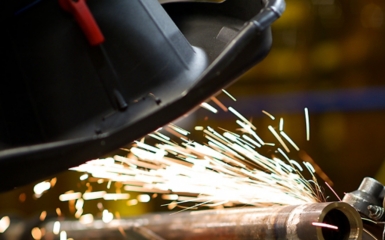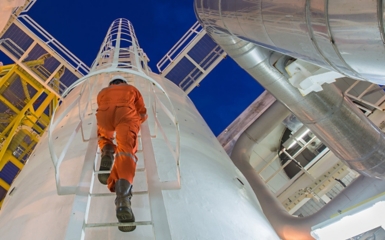The landscape of environmental regulations is constantly evolving, and staying ahead of these changes is crucial for industries dealing with hazardous emissions. A key focus of recent regulatory changes is the Hazardous Organic National Emission Standards for Hazardous Air Pollutants (HON), which impacts more than 200 facilities and targets substances affecting the Synthetic Organic Chemical Manufacturing Industry (SCOMI). One of the critical challenges in these regulations is predicting emission rates of dioxins and furans (CDD/CDF).
What are Dioxins and Furans?
Dioxins and furans are a family of toxic substances consisting of 210 different compounds that share a common molecular skeleton. The toxicity of dioxins and furans varies based on the quantity and position of chlorine atoms in their structure. The most toxic compound is 2,3,7,8-tetrachlorodibenzo-p-dioxin (TCDD), which serves as the benchmark for Toxic Equivalency (TEQ), meaning the toxicity of other dioxins and furans is measured relative to TCDD using Toxic Equivalency Factors (TEFs).
Measuring Dioxins and Furans
Dioxins and furans are measured in nanograms per dry standard cubic meter corrected for toxic equivalency (ng TEQ/dscm). For instance, a compound with a Toxic Equivalency Factor (TEF) of 0.1 measured at 5 ng/dscm translates to 0.5 ng TEQ/dscm. Due to the correction for TEQ, each dioxin or furan must be identified and quantified following collection in the stack. There is currently no reliable method for predicting which of the 210 substances will form in industrial scale incineration.
Formation of Dioxins and Furans
The formation of dioxins and furans only form in a temperature range of 400°F to 1000°F generally peaking around 660°F. Hydrochloric acid (HCl) vapor is the dominant source of chlorine that leads to the formation of these compounds, however, HCl by itself does not contribute to CDD/CDF formation. Free chlorine (Cl2) must first be yielded through the oxidation of HCl or other chlorinated compounds before dioxins and furans can form. However, Cl2 levels themselves are not a controlling factor in CDD/CDF formation. Optimizing combustion efficiency, flue gas temperature, and residence time to minimize the precursors required for their formation is the most effective way to keep CDD/CDF emissions low.
Minimizing Dioxins and Furans Formation
To minimize the formation of dioxins and furans, it is essential to:
- Minimize Precursors: Reducing the presence of precursors and free Cl2 in the flue gas
- Optimize Combustion Efficiency: Ensure maximum combustion efficiency by optimizing mixing at the burner.
- Design for Residence Time: Proper residence time is needed to achieve high Destruction Removal Efficiency (DRE).
- Temperature Management: Minimize residence time within the formation temperature zone (400°F – 1000°F).
Treating Dioxins and Furans
Dioxins and furans can be treated using Selective Catalytic Reduction (SCR) systems. There are two types of catalysts available:
- Dioxin/Furan Specific Catalysts: These do not require ammonia or urea for destruction and operate at flue gas temperatures above 300°F.
- Dioxin/Furan & NOx Catalysts: These require ammonia or urea and operate at flue gas temperatures above 450°F.
Designing and Retrofitting Equipment
New Equipment: Designing new thermal oxidizers tailored to meet emerging HON regulations is straightforward. We offer custom-engineered solutions and can design a variety of systems with CDD/CDF reduction in mind.
Existing Equipment: Retrofitting existing equipment to meet new regulations is more challenging. It requires comprehensive field data, including recent stack testing. Computational Fluid Dynamics (CFD) can be used to evaluate mixing. Solutions may include replacing waste heat boilers with direct contact quench systems or adding SCR systems, which may require reheating. In some cases, a complete system replacement might be the most economical option.
Additional Support
John Zink provides extensive customer and engineering support, including:
- Emissions Estimates
- Dispersion Modeling Inputs
- Feasibility Studies
- Equipment Scoping Studies
- Equipment Optionality Support
Early and continuous communication is vital for project success. Engaging with our team early ensures that all regulatory requirements are met efficiently and effectively.
Partner with John Zink
As regulations such as the HON continue to evolve, industries must adapt their thermal oxidizer designs to manage hazardous emissions effectively. As a preferred partner in combustion and emission control, John Zink delivers tailored solutions that exceed stringent regulatory requirements. With proven expertise and continuous innovation, we help our partners navigate the complexities of emerging regulations with confidence.
For more detailed guidance and tailored solutions, contact our support team—your partner in navigating these complex regulatory environments.



